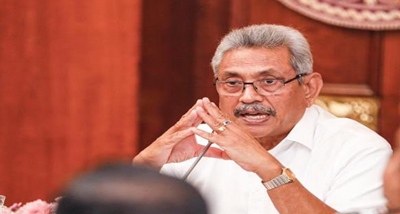India gets its 39th World Heritage Site
In yet another landmark achievement, India’s nomination of Rudreswara Temple, (also known as the Ramappa Temple) at Palampet, Mulugu district, near Warangal in the state of Telangana has been inscribed on UNESCO’s World Heritage list. The decision was taken at the 44th session of the World Heritage Committee of UNESCO today. Ramappa temple, a 13th century engineering marvel named after its architect, Ramappa, was proposed by the government as its only nomination for the UNESCO World Heritage site tag for the year 2019.
G Kishan Reddy Minister observed that owing to the COVID-19 pandemic, the meeting of the World Heritage Committee(WHC) of UNESCO could not be conducted in 2020 and the nominations for 2020 and those for 2021 were discussed in a series of online meetingsthat are currently underway. The discussion on Ramappa Temple took place on Sunday, the 25th July 2021.
Reddy stated that there were 21 Members in the World Heritage Committee with China currently as the Chair of the Committeeand creditedthe the success to the goodwill that PM Narendra Modi has built with UNESCO member countries during his tenure.
A brief description on the Rudreswara(Ramappa) Temple
The Rudreswara temple was constructed in 1213 AD during the reign of the Kakatiya Empire by RecharlaRudra, a general of Kakatiya king Ganapati Deva.The presiding deity here is RamalingeswaraSwamy. It is also knownas the Ramappa temple, after the sculptor who executed the work in the temple for 40 years.
The temple complexes of Kakatiyas have a distinct style, technology and decoration exhibiting the influence of the Kakatiyan sculptor. The Ramappa Temple is a manifestation of this andoften stands as a testimonial to the Kakatiyan creative genius. The temple stands on a 6 feet high star-shaped platform with walls, pillars and ceilings adorned with intricate carvings that attest to the unique skill of the Kakatiyan sculptors.
The sculptural art and decoration specific to the time and Kakatiyan Empire have an outstanding universal value. The distinct style of Kakatiyas for the gateways to temple complexes, unique only to this region confirm the highly evolved proportions of aesthetics in temple and town gateways in South India.
European merchants and travelers were mesmerized by the beauty of the temple and one such traveler had remarked that the temple was the “brightest star in the galaxy of medieval temples of the Deccan”.




